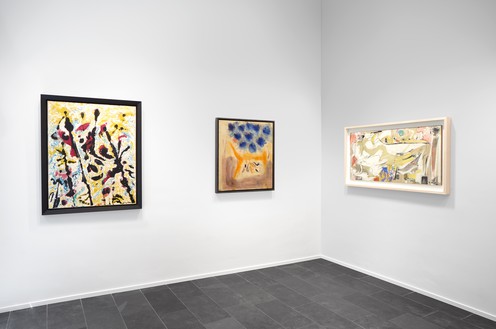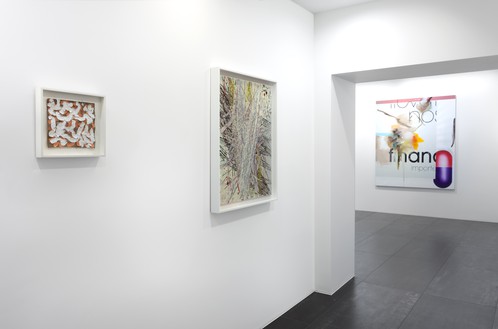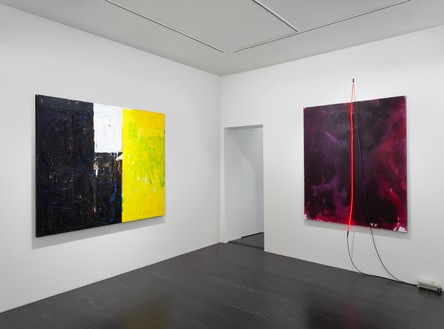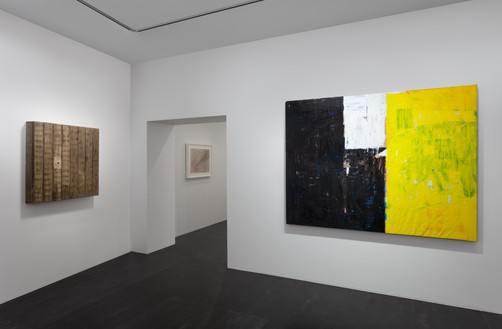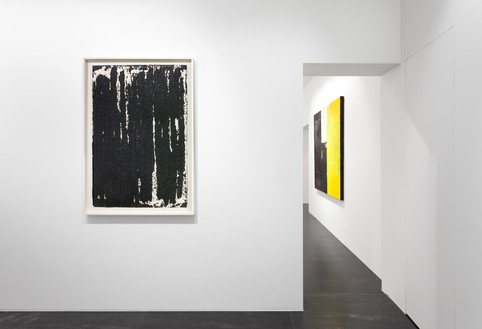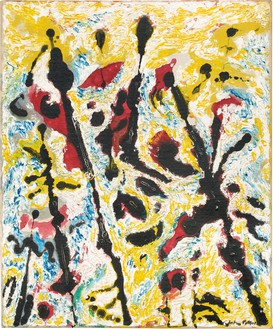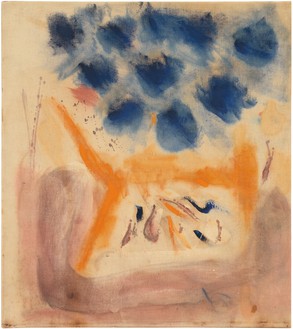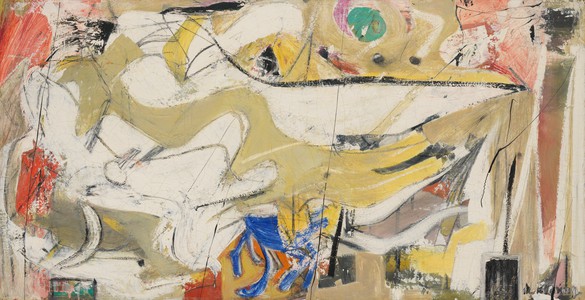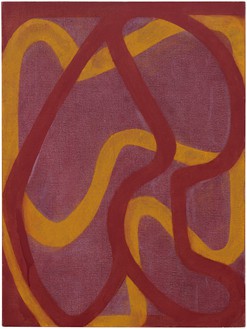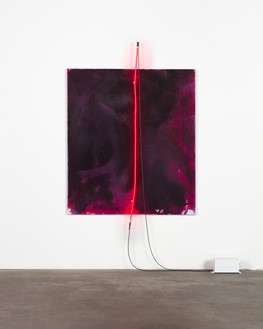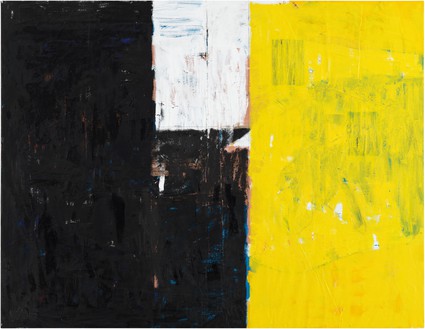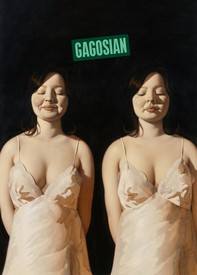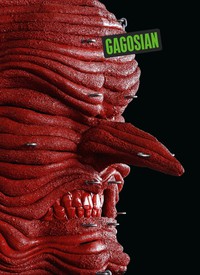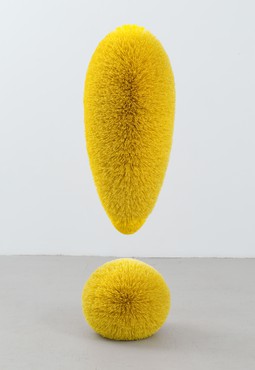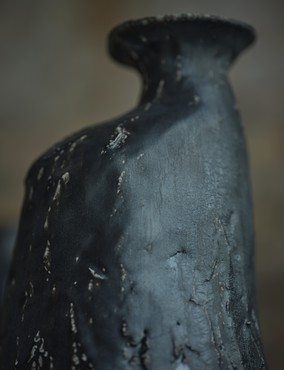Extended through July 13, 2019
About
Gagosien is pleased to announce the opening of Continuing Abstraction, a group exhibition to inaugurate the new gallery in Basel. The new space is located at Rheinsprung 1, and opens on the occasion of Art Basel 2019.
The exhibition explores the trajectory of abstraction in the United States and Europe from the immediate postwar period to the present, tracing artists’ diverse approaches to materiality and gesture—from the dripped and poured paint of Abstract Expressionism to the multireferential innovations at the forefront of painting today.
The earliest works included are by Willem de Kooning: January (1947–48) and Untitled (1948). These paintings serve as a fulcrum between the observation-based abstraction set in motion by Cubism and Expressionism and the nonobjectivity that characterized much of postwar American abstraction. In de Kooning’s paintings, biomorphic forms appear as fragments that transform into thick painterly strokes; while in Jackson Pollock’s Moon Vibrations (c. 1953–55), the figure disappears entirely, and the canvas becomes a record of an event—the act of painting itself. In Helen Frankenthaler’s With Blue from the same year, the events unfold more slowly, with areas of semitransparent paint soaked into the canvas over time; and in works by Cy Twombly and Robert Ryman from the late 1950s and early ’60s, gesture teeters between legibility and obfuscation, pattern and chaos. Mark Grotjahn’s Untitled (Capri 50.85) (2018) takes repetitive gesture to a new extreme, with its arcs of thick paint evoking sedimentary cross sections or horizonless landscapes.
For Mark Rothko and Brice Marden, the materiality of paint and the evocative nature of color are key, pulling the viewer into seemingly immeasurable voids. The meditative power of color in these works is countered by the measured seriality of Donald Judd’s aluminum wall sculptures and by the delicate and imperfect geometries of Agnes Martin’s untitled canvas completed around 1999, wherein carefully rendered graphite lines create horizontal bands of luminous, pale blue space. In Mary Weatherford’s Ruby, Ruby (2019), a red neon light casts an artificial glow across the canvas, combining the industrial coolness of Minimalism with the unique tactility of Flashe paint, applied in thin transparent layers.
